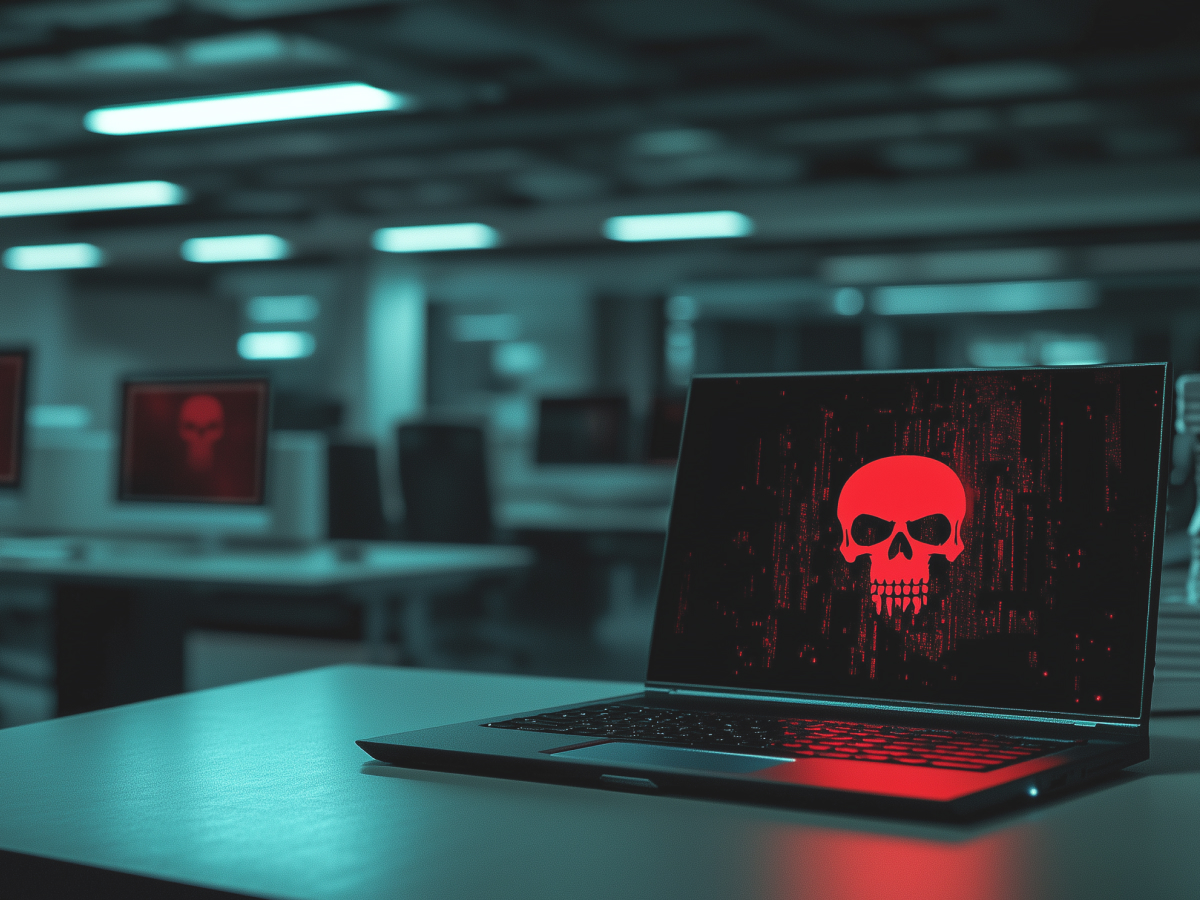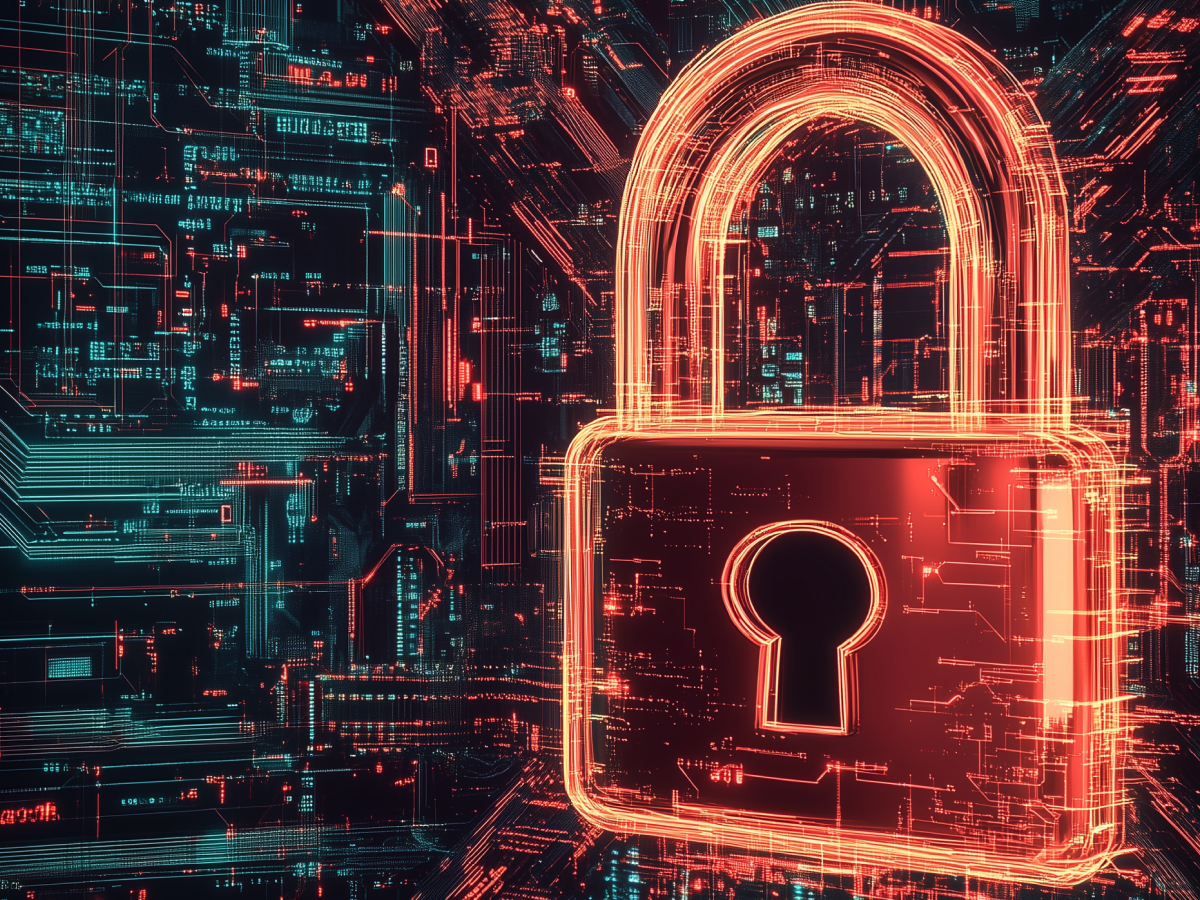Ransomware has become a top concern for businesses worldwide. According to the 2024 Verizon Data Breach Investigation report, 92% of organizations now rank ransomware as a primary security risk.
Its impact isn’t limited to corporate environments, government agencies, key infrastructure, and even national security are all vulnerable. In the past year, ransomware attacks increased by 73%, with over 4,611 reported incidents, as noted by the Sans Institute. Such statistics underscore the importance for business leaders to grasp both the prevalence and consequences of these threats.
The most effective strategies to block ransomware
The ideal ransomware strategy prevents attacks from occurring in the first place. A preventive approach is effective because, once ransomware infiltrates a system, time is limited. Organizations typically have under an hour to halt an attack before files become permanently inaccessible. Early action and investment in preventive measures can avert severe disruptions and costs.
Developing a ransomware response playbook is invaluable. A playbook outlines the immediate steps to take when ransomware is detected and serves as a guide for recovery.
A well-prepared response plan details key steps, such as isolating affected devices and notifying key stakeholders, reducing response times and preventing costly delays. Rather than waiting to respond reactively, this proactive playbook allows organizations to recover swiftly and minimize damage.
How to quickly stop ransomware from spreading like wildfire
When ransomware strikes, containing its spread across devices is the immediate priority. Incomplete removal risks re-infection as ransomware often spreads quickly through connected devices. A best practice is to take all endpoints offline and power them down, buying time for cybersecurity teams to address the threat and assess the extent of the compromise.
Ransomware detection tools every business should have
Two key tools, Endpoint Detection and Response (EDR) and Security Information and Event Management (SIEM), provide key data for early detection. EDR gives real-time analysis and alerts on unusual device behaviors, while SIEM flags suspicious network activity that could signal ransomware movement between devices.
Both tools support a rapid response by providing immediate insights into where the ransomware is active, helping to contain and resolve issues before they spread.
Early warning signs of a ransomware attack
Detecting ransomware early can mitigate extensive damage. Unusual file movements—such as unexpected transfers and an unusual volume of file renames—signal potential ransomware activity. When these signs appear, organizations should act under the assumption of compromise, scanning all potentially affected devices before reconnecting them to the network.
The right way to backup
Data backups are a primary defense against ransomware, creating safe copies that can restore functionality even if systems are compromised. For effective protection, backups should be stored in isolated, or air-gapped, locations.
Data backups should be as frequent as Recovery Point Objectives (RPOs) dictate, often ranging from every 13 to 24 hours. Annual test restorations are recommended to confirm that the backup system functions as expected, allowing for swift recovery during a real ransomware incident.
Cloud vs. On-site backup
While cloud storage offers an easily accessible option for data backups, they must be protected offline to defend against ransomware. Traditional on-site options, such as tape and disk storage, serve as reliable offline storage alternatives, giving organizations flexibility in their backup strategies.
Regular, accessible backups are invaluable
Schofield’s Second Law of Computing, “Data isn’t real unless it exists in two places”, emphasizes the importance of regular, accessible backups. Redundancy protects against permanent data loss by making sure that key data can be restored from an independent source.
How Fast Can You Get Your Business Back Online?
Rapid data restoration is essential for business continuity. For key operations, organizations should aim to restore files within minutes to hours. Full data restoration timelines, often constrained by network speed and storage media, should not exceed a few days to avoid prolonged operational downtime.
Planning for business continuity in a ransomware crisis
An effective Business Continuity Plan (BCP) is important for minimizing disruptions following a ransomware attack. A well-prepared BCP provides the framework for restoring operations swiftly, helping avoid long-term impacts on revenue and productivity.
An effective BCP includes a business impact analysis, defines maximum tolerable downtime, and establishes recovery time objectives. Pre-planning these factors allows organizations to initiate a structured recovery, reducing response times and ensuring a controlled approach to restoring operations.
Should you ever pay a ransom?
Paying ransoms comes with considerable risks and costs. Ransom payments often reach large sums, with an average of $2 million per incident, and 30% of demands surpassing $5 million.
Paying a ransom can encourage repeat attacks; 83% of successful ransomware events involve double or triple extortion, where attackers threaten to expose sensitive data on the dark web if payments are not met.
Even after payment, recovery is incomplete, Veeam Software’s 2024 report indicates businesses recover only around 60% of their data, with 27% still failing to fully recover even after paying.
In circumstances where valuable data is at stake, payment in cryptocurrency may be a last resort. Companies considering this option should prepare by securing cryptocurrency from trusted exchanges, such as Coinbase, and holding a cryptocurrency wallet with emergency funds.
Crypto wallets should be safeguarded with a strong password but still give rapid access if payment becomes necessary.
What’s next in ransomware defense
Zero-trust is the best defense against ransomware
Zero-Trust Network Architectures (ZTNA) treat every user, device, and application as a potential security risk, applying stringent access controls and multi-factor authentication. For ransomware defense, ZTNA reduces the potential for attacks by limiting access to network resources, making it difficult for ransomware to move through internal systems.
AI vs. ransomware
Artificial intelligence and machine learning tools offer businesses advanced capabilities to detect and address ransomware threats. Recognizing changes in ransomware tactics helps tools adapt in real time, leading to a more responsive and resilient defense against emerging threats.
Fighting ransomware together
Sharing threat intelligence strengthens machine-learning-driven cybersecurity tools by providing richer data for pattern analysis. Organizations that share intelligence with cybersecurity providers and upstream vendors improve their collective ability to counter ransomware attacks, creating a more resilient security ecosystem.





